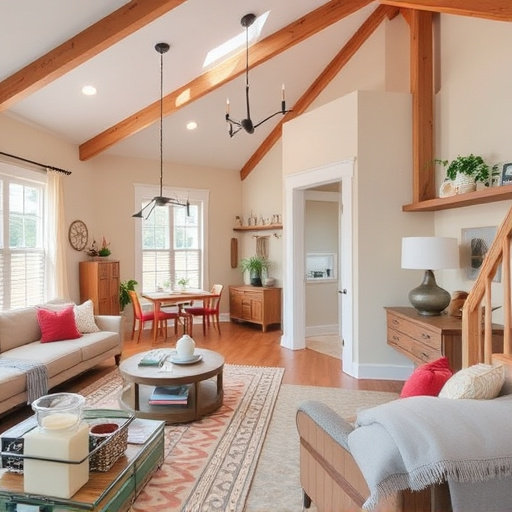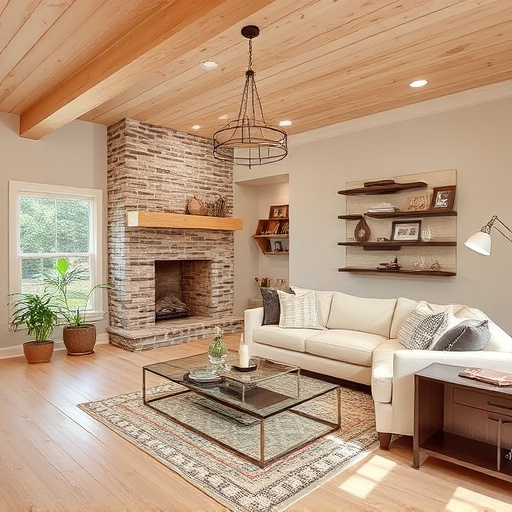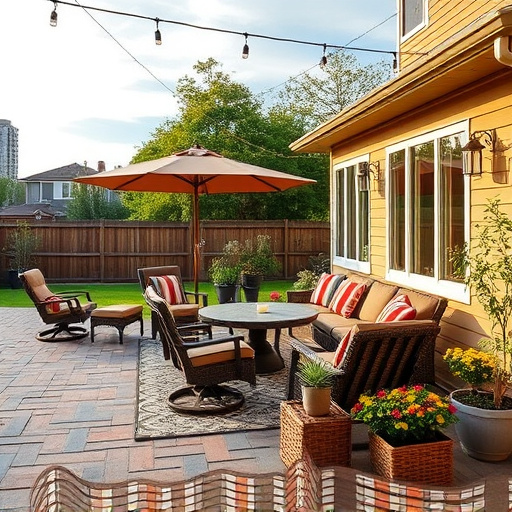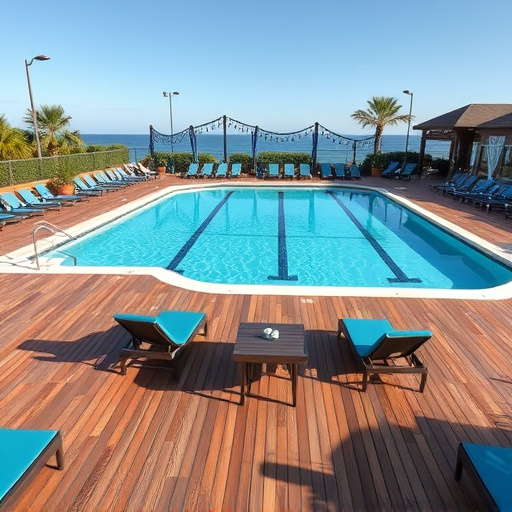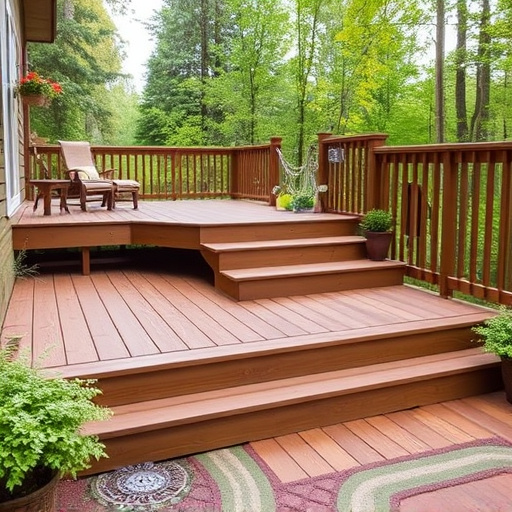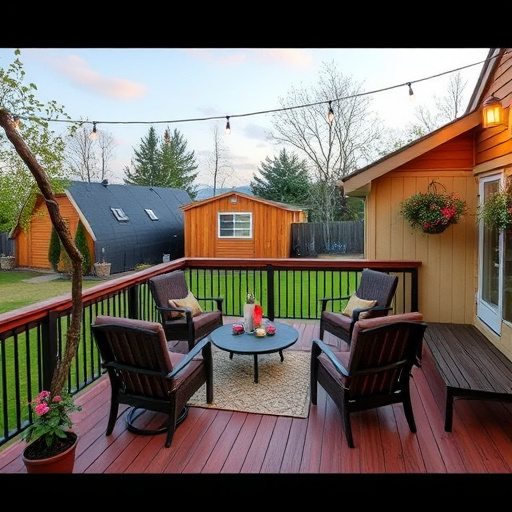The Americans with Disabilities Act (ADA) provides vital guidelines for accessible deck design, focusing on safety and equal access, especially for deck stairs. Compliance includes specific dimensions, handrail placement, slip-resistant surfaces, and aesthetic options like commercial siding. Regular maintenance is crucial to ensure ongoing safety, with inspections for wear, damage, and clear, unobstructed paths. Prompt replacement of rotten wood components maintains structural integrity, while professional services enhance the lifespan of ADA-compliant deck stairs.
Building ADA-compliant deck stairs is essential for ensuring accessibility and safety. This comprehensive guide explores how to create accessible staircases, catering to individuals with disabilities. We’ll cover understanding ADA guidelines specific to deck stairs, design considerations for ease of use, construction techniques, and maintenance tips to ensure longevity. By following these steps, you’ll be equipped to build inclusive outdoor spaces featuring robust and compliant deck stairs.
- Understanding ADA Compliance for Deck Stairs
- Designing and Constructing Accessible Deck Stairs
- Maintenance and Inspection Tips for ADA-Compliant Deck Stairs
Understanding ADA Compliance for Deck Stairs
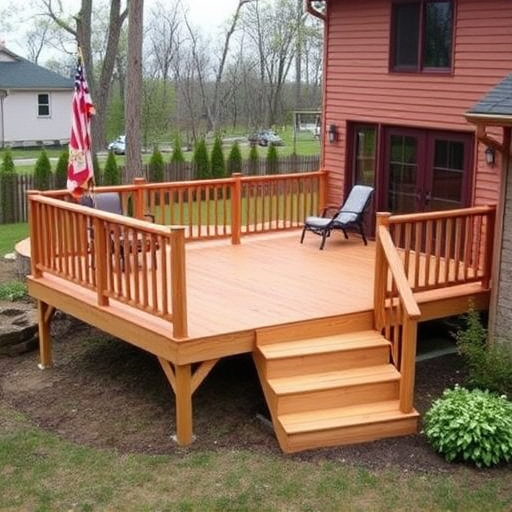
The Americans with Disabilities Act (ADA) standards are crucial guidelines for ensuring accessibility for individuals with disabilities, including those using wheelchairs or having visual impairments. When it comes to deck stairs, ADA compliance is essential not just for legal reasons but also to create inclusive outdoor spaces. Compliance ensures that everyone can safely navigate the stairs, promoting equal access and use of the deck area.
For deck stair construction, specific requirements must be met, focusing on dimensions, handrail placement, and visible characteristics. The act provides detailed specifications for rise height, tread depth, and headroom to ensure comfort and safety. Additionally, proper lighting is essential, as are clear, slip-resistant surfaces. Professional siding and gutters, when installed, should also adhere to these standards, contributing to the overall ADA compliance of the deck stairs and enhancing their aesthetic appeal with commercial siding options.
Designing and Constructing Accessible Deck Stairs
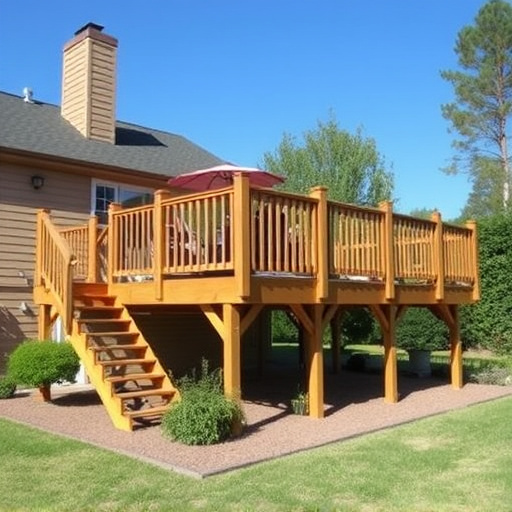
When designing accessible deck stairs, prioritize user safety and ease of navigation. Start by ensuring a clear, unobstructed path from the ground to the deck, with minimal steps and adequate turnspace at each level. Consider incorporating features like uniform step heights, handrails on both sides, and nosings that extend at least 1/8 inch over the steps for better grip. Use materials that provide good traction and are slip-resistant, especially in wet conditions.
During construction, focus on creating a solid foundation with proper drainage to prevent water accumulation. Ensure the stairs are securely attached to the deck structure using appropriate fastening methods, such as metal brackets or bolting. For added stability, consider incorporating guardrails that meet ADA guidelines, providing protection without obstructing the pathway. Regularly inspect and maintain these features to ensure they remain in good condition, addressing any issues promptly to maintain safety and accessibility for all users, including those with disabilities.
Maintenance and Inspection Tips for ADA-Compliant Deck Stairs
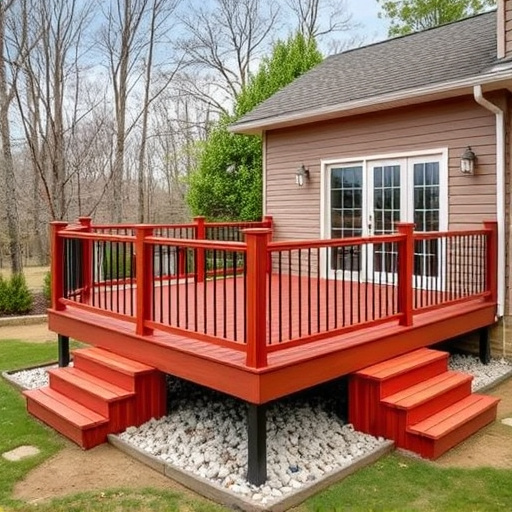
Regular maintenance is key to ensuring your ADA-compliant deck stairs remain safe and accessible over time. Check all components for any signs of wear or damage, including rails, steps, and treads. Keep a close eye on the hardware, such as bolts and screws, making sure they’re tight to prevent any loose parts that could pose a risk. A quick regular cleaning with mild soap and water will help maintain the surface, removing any algae or dirt buildup. For commercial properties, consider a professional home exterior services team to perform detailed inspections and maintenance, ensuring your deck stairs meet all safety standards.
When it comes to inspections, don’t overlook the subtle details that make a space truly accessible. Check that there’s enough clearance around the stairs for users to maneuver a wheelchair or walker. Verify that the handrails are securely fastened and at the correct height, providing firm support without causing discomfort or obstruction. Look for any signs of rotting or decay in the wooden components, as these should be replaced promptly to avoid compromising the structural integrity of your deck stairs. Regular inspections by professionals can also help identify potential issues early on, saving you from more costly siding replacement in the future.
Building ADA-compliant deck stairs not only ensures accessibility for all users but also enhances the safety and appeal of your outdoor living space. By understanding the guidelines, designing with accessibility in mind, and maintaining these features properly, you can create a set of deck stairs that meet both regulatory standards and the needs of everyone who enjoys your deck. Remember, ADA compliance is about inclusivity, ensuring that everyone—from those with mobility aids to elderly users—can navigate your outdoor space with ease and confidence.




